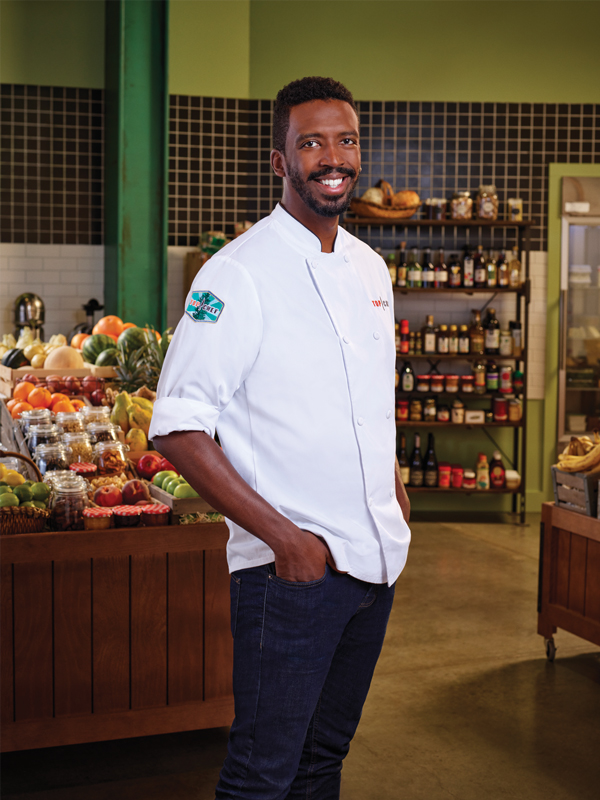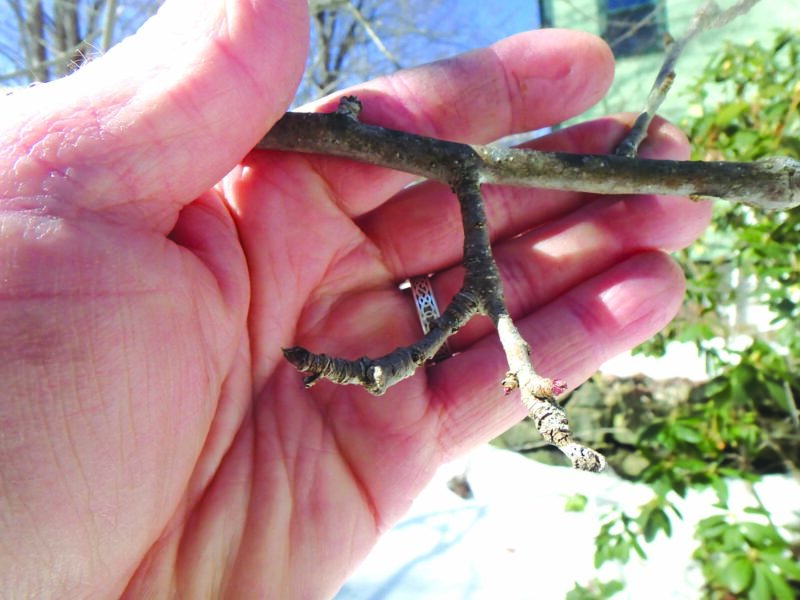ToKoss Take-Out opens in Manchester
When The Stuffed Sub closed last year, owner Chris Munzimi of Afro Paris, the beauty supply store next door, immediately took notice. He and other family members had been looking for a space to open a restaurant, and the newly vacant spot on Elm Street in Manchester was perfect.
ToKoss, a takeout-only eatery offering hard-to-find African and Caribbean dishes like oxtail stew, turkey tail, jerk chicken and cassava bread, in addition to house subs, burgers and wings, opened March 9. Munzimi, his younger brother Romeo Masuku, cousins Christian Mumpini and Junior Munzimi and family friend Jonathan Manono are all investors.
Masuku, whose family came to New Hampshire from the Democratic Republic of the Congo in the early 2000s, said the restaurant’s name is derivative of the Lingala word “kitoko,” which means “something good” or “beautiful.” Its logo features an African safari tree.
“We wanted to bring some culture to the city of Manchester,” Masuku said. “We’re trying to incorporate dishes from the continent of Africa itself, and also dishes from the Caribbean islands and other Latin American countries. … Some of the recipes come from my mom directly.”
ToKoss features several options that are available all day, like chicken tender or house-marinated steak subs, cheeseburgers with a variety of add-on options, and salads. Traditional African or Caribbean meals become available starting at 3 p.m. — those include oxtail stew, curry chicken, jerk chicken, and pondu, or cassava leaves. Each comes with rice and one or two additional sides, like sweet plantains, fries, corn on the cob, and samoussas, or meat-filled pastries.
“The oxtail stew is something that everybody loves. That’s been the biggest seller,” Masuku said. “Oxtail is something made in Africa and the Caribbean islands as well. … The differences are in the spices used. We’ve identified house spices that we use here to try to incorporate everybody.”
You’ll also find a rotating menu of specialty items served on most weekends, like goat meat stew, catfish stew or smoked turkey tail, which can be ordered with any side. Other a la carte items have included wings, baby back ribs, fried shrimp, chicken or house-marinated steak kabobs, and beignets, also known in the Democratic Republic of the Congo as mikate.
“[Beignets] look like small doughnuts, but just fried. They’re very popular in Europe as well,” Masuku said. “You can eat them virtually with anything.”
Soft drinks like Coca-Cola, Sprite and Fanta are sold in glass bottles out of a refrigerated case.
“In Kinshasa, which is the capital city of where I was born, when you go out to restaurants you’ll usually see Coke products come in glass bottles,” Masuku said, “so we brought that in here just to have that little bit of nuance. … We’re going to try to add ginger beer also.”
In addition to takeout orders via phone, Masuku said ToKoss will soon be offering online ordering and delivery through a third-party service.
ToKoss Take-Out
Where: 1293 Elm St., Manchester
Hours: Tuesday through Friday, 11 a.m. to 8 p.m., and Saturday and Sunday, 3 to 9 p.m. (may be subject to change)
More info: Find them on Facebook and Instagram @tokosstakeout, email tokossllc@gmail.com or call 232-4399 to place a takeout order
Feautred photo: Oxtail stew over Caribbean rice with curry chicken and a beef samoussa. Photo by Matt Ingersoll.






